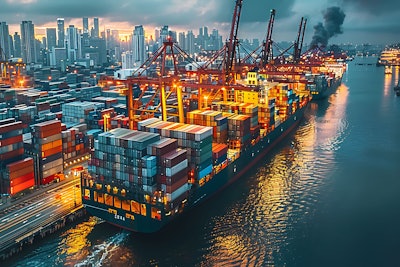
Premium Graphics AdobeStock_866866525
Dimerco’s latest report highlights critical shifts in freight markets driven by new U.S. tariffs, changing consumer demand, and significant capacity adjustments, creating fresh logistical challenges and opportunities.
“We’re seeing a fundamental shift in how vessels are deployed, which could cause congestion at major U.S. ports and drive intermodal costs higher,” says Peter Lin, VP of ocean freight at Dimerco.
“Market conditions suggest this slowdown could persist until June unless demand surges or new tariffs drive urgency,” says Kathy Liu, VP of global sales and marketing at Dimerco.
Key takeaways:
- Newly imposed U.S. tariffs on Chinese-built vessels and select imports are prompting immediate sourcing shifts, notably increasing cargo movements toward Southeast Asia. Meanwhile, ocean freight markets are experiencing softening rates due to overcapacity, with carriers implementing blank sailings and slow steaming to stabilize pricing.
- E-commerce shipment volumes have yet to see a strong rebound post-holiday, leading to excess airfreight capacity on key routes.
- As supply chains continue shifting away from China, Southeast Asia is absorbing more manufacturing activity, increasing intra-Asia trade flows. However, regional infrastructure constraints pose risks of congestion and rate volatility.
- The impact of new U.S. tariffs on Chinese-built vessels is beginning to be felt, with potential port restrictions and higher costs disrupting key trade lanes.
- North American companies should anticipate tariff-induced cost increases, prompting careful evaluation of long-term logistics contracts.


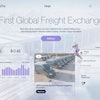
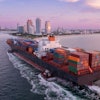






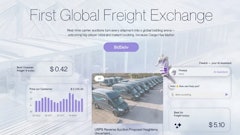
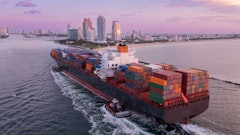


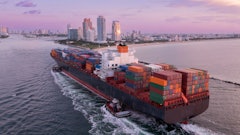

![Pros To Know 2026 [color]](https://img.sdcexec.com/mindful/acbm/workspaces/default/uploads/2025/08/prostoknow-2026-color.mduFvhpgMk.png?ar=16%3A9&auto=format%2Ccompress&bg=fff&fill-color=fff&fit=fill&h=135&q=70&w=240)
